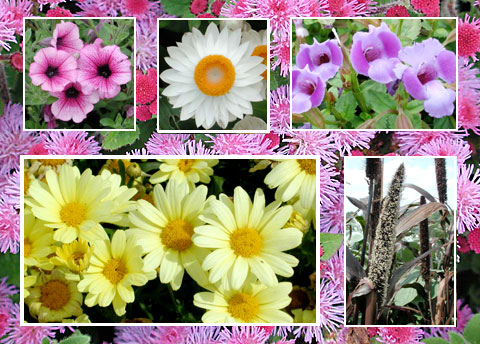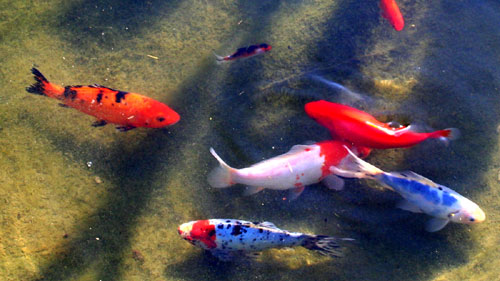
I said breakdowns come
And breakdowns go
So what are you going to do about it
That’s what I’d like to know
Paul Simon, Gumboots from the album Graceland (1986)
Since last week’s NY Times article Honeybees Vanish, Leaving Keepers in Peril (Common Dreams reprint, since the Times will bury it behind a firewall soon), everyone has been abuzz (sorry) about what’s up with the bees.
Coincidentally, last week I also received a good old-fashioned hard copy mailing of Agroforestry Notes from the USDA Agroforestry Center. The title:
Enhancing Nest Sites For Native Bee Crop Pollinators [.pdf]
Good timing. And a pretty useful-looking publication.
Two other good-looking .pdfs at the site:
If I pull out my crystal ball, I’d say that over the next few decades we will find increasingly sophisticated ways of managing non-crop acreage (it’s called wasteland in some places) — including roadsides, irrigation ditches, and maybe even orchard floors and chunks of cropland — to reap the benefits of pollinators and other beneficial insects.
I’ll also cut and paste an article from a local beekeeper that came through my email today. Michael Pollan all you other foodies take note: Some are pointing to the high-fructose corn syrup and soy products fed to traveling bees between orchards. Both those crops have seen a very sharp increase in acreage of GMO varieties over the past decade.
Update on Bee Colony Collapse Disorder
by Richard Johnston, Catskill Mountain Beekeepers’ Club
There has been a sudden, significant loss of honeybees all across the nation that is likely to have an impact on the pollination of food crops, honey production, and the beekeeping industry alike. Originally called “Fall Dwindle Disease†it actually occurs beyond the Fall, appears suddenly- not gradually, and may not really be a disease. A study group has been formed comprising the US Dept of Agriculture Honeybee Labs and several labs at state universities. Now calling this strange syndrome the Colony Collapse Disorder [CCD], they have surveyed beekeepers nationwide and have some preliminary, though inconclusive results.
It seems that every “expert†has his own theory, yet none can show evidence for the sole cause. Here is what we do know about CCD so far. The symptoms of this syndrome are a sudden disappearance of mature bees leaving the brood, young bees, queen and ample supplies of honey and pollen. Shortly afterwards the entire colony dies. There’s some evidence that the disorder is contagious and strangely that there’s no robbing out of the honey, no invasion of wax moths, and even the small hive beetle pest does not enter the “dead out†hives. The CCD has affected mostly the large, commercial, migratory beekeepers who travel from state to state pollinating all kinds of crops. Since this group of beekeepers do need to feed their colonies between crop pollination contracts, there are suspicions that the corn syrup [HFCS] may develop toxic substances if subject to overheating during storage or transportation. Some of the types of soy protein commonly used as pollen substitute may contain compounds unsuitable for honeybee feeding.
During the 1960’s a condition called parasitic mite syndrome [PMS] was blamed for many lost bee colonies and several bee viruses have been found to be vectored by the varroa mite pest. It has just been verified that viruses carried by the queen can be passed on to her eggs. Recently in both Spain and France a new variety of the protozoen disease “nosema†has caused symptoms similar to CCD.
Researchers trying to find the cause of the devastating Colony Collapse Disorder [CCD] have published a questionnaire to be answered by beekeepers to furnish the data needed to help define this problem. Lack of existing information has hampered their efforts. For the questionnaire, go to and to learn latest information about CCD use
Since we have not really found the cause or causes of this destructive disorder, nor the impact on the pollination of crops, it is suggested that anyone interested in these continuing studies should attend their local honeybee beekeepers club. The Catskill Mtn. Beekeepers Club meets monthly in Acra and the Columbia Co club meets monthly in Harlemville. For information call 518-734-4629.
In a recent post, Vanishing Bees over at Sweat Pea Chronicle, Firefly shares some thoughts on the subject.
Update [3/7/2007]: You know it’s a story when it makes The Onion. [Snark warning.]





